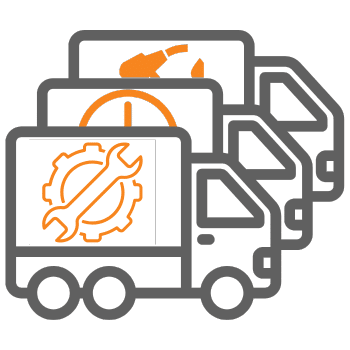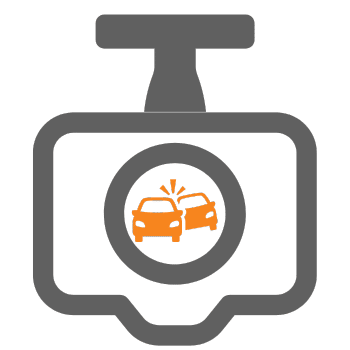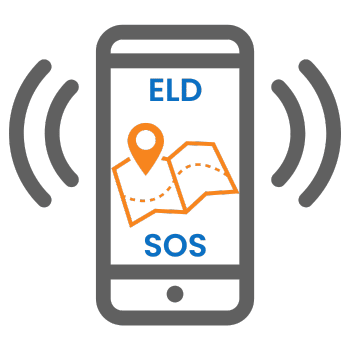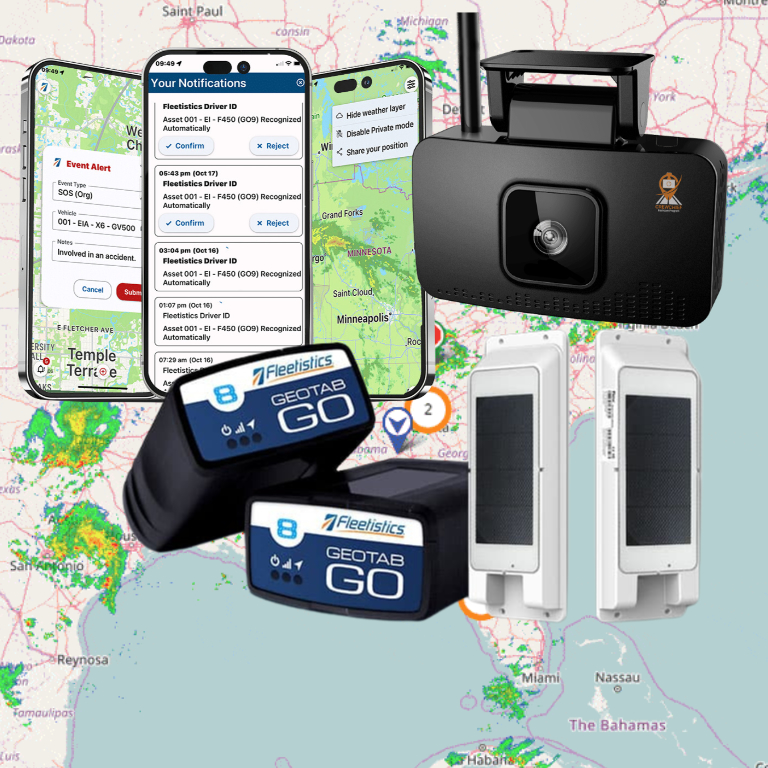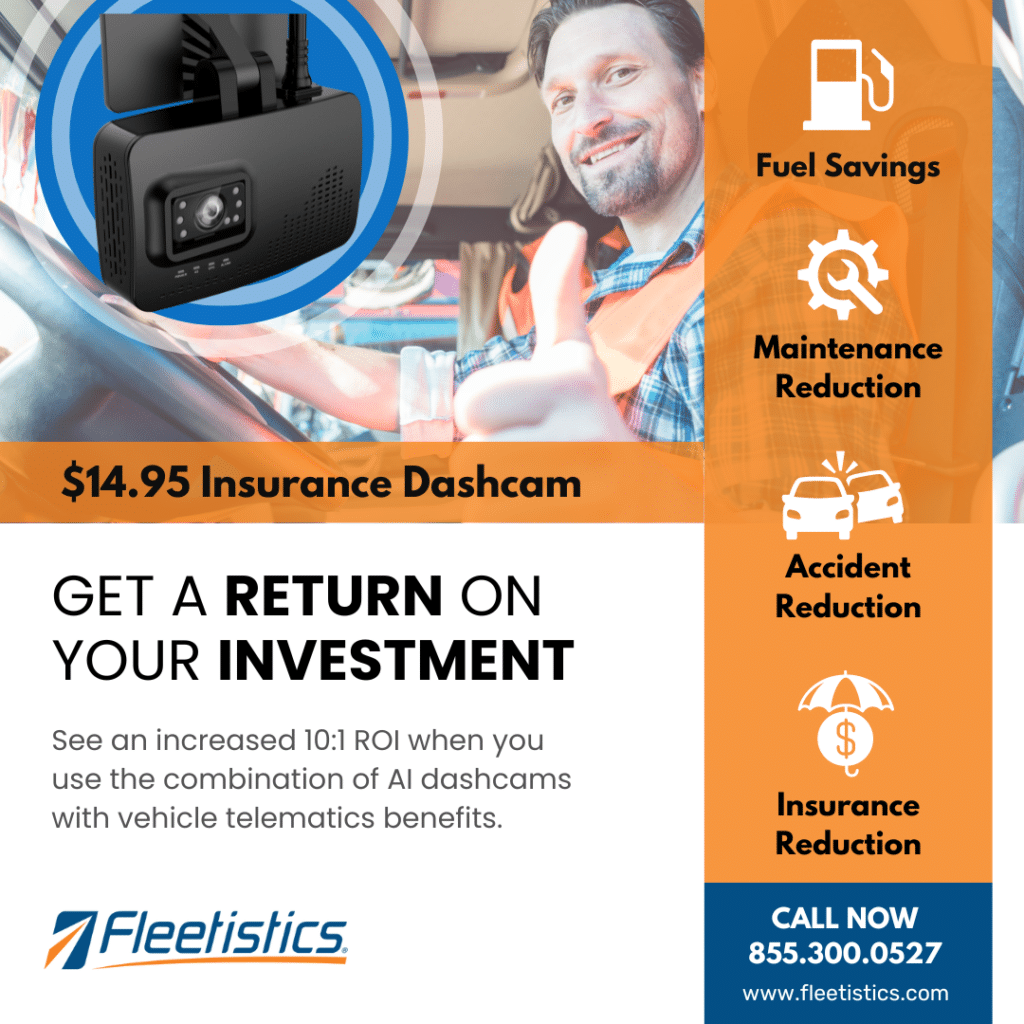GPS Tracking and Telematics – Your Match Made In Heaven
When managing a fleet, knowing your tools is half the battle. Among the top game-changers in the industry GPS Tracking and Telematics. They might seem like two sides of the same coin, but these technologies have distinct functions and advantages.
Let’s dive into what sets them apart and how they can work together to supercharge your fleet operations.
What Is GPS Tracking?
Let’s start with the basics. The acronym is short for Global Positioning System tracking and it is all about knowing where your vehicles are at any given time. It relies on satellite signals to pinpoint a vehicle’s location, speed, and even altitude. This is the tool that keeps your fleet visible on a map 24/7.
Key Features of Tracking
- Real-Time Location Updates:
GPS gives you a live view of your vehicles’ locations. This is great for keeping track of deliveries, managing drivers, and ensuring everyone’s on the right route. - Route Optimization:
By analyzing the routes drivers take, the tracking can help find quicker, more fuel-efficient paths. That means fewer delays and happier customers. - Geofencing:
With geofencing, you can set up virtual perimeters. If a vehicle crosses these boundaries, you’ll get an alert. It’s perfect for preventing unauthorized use or keeping assets secure. - Historical Data Storage:
Most GPS systems also save past location data. Want to see where a truck went last Tuesday? No problem. This info helps you spot trends and plan smarter.
What is Telematics?
Now, telematics takes things to a whole new level. It’s not just about where your vehicles are—it’s about how they’re performing and how your drivers are handling them. Think of it as a full-on diagnostic tool that collects and analyzes data from the vehicle itself.
Key Features of Telematics
- All-In-One Data Collection:
Telematics gathers info on fuel use, engine performance, speed, braking, and much more. It’s a goldmine of insights that can improve your fleet’s efficiency. - Driver Behavior Insights:
By tracking patterns like hard braking or rapid acceleration, telematics highlights areas where drivers can improve. Safer driving equals fewer accidents. - Predictive Maintenance:
Telematics monitors your vehicle’s health, making it easier to spot issues before they become major problems. It’s like having a crystal ball for maintenance. - Safety Enhancements:
With real-time alerts for risky driving behaviors, telematics encourages safer practices. This not only reduces accidents but also keeps insurance premiums down.
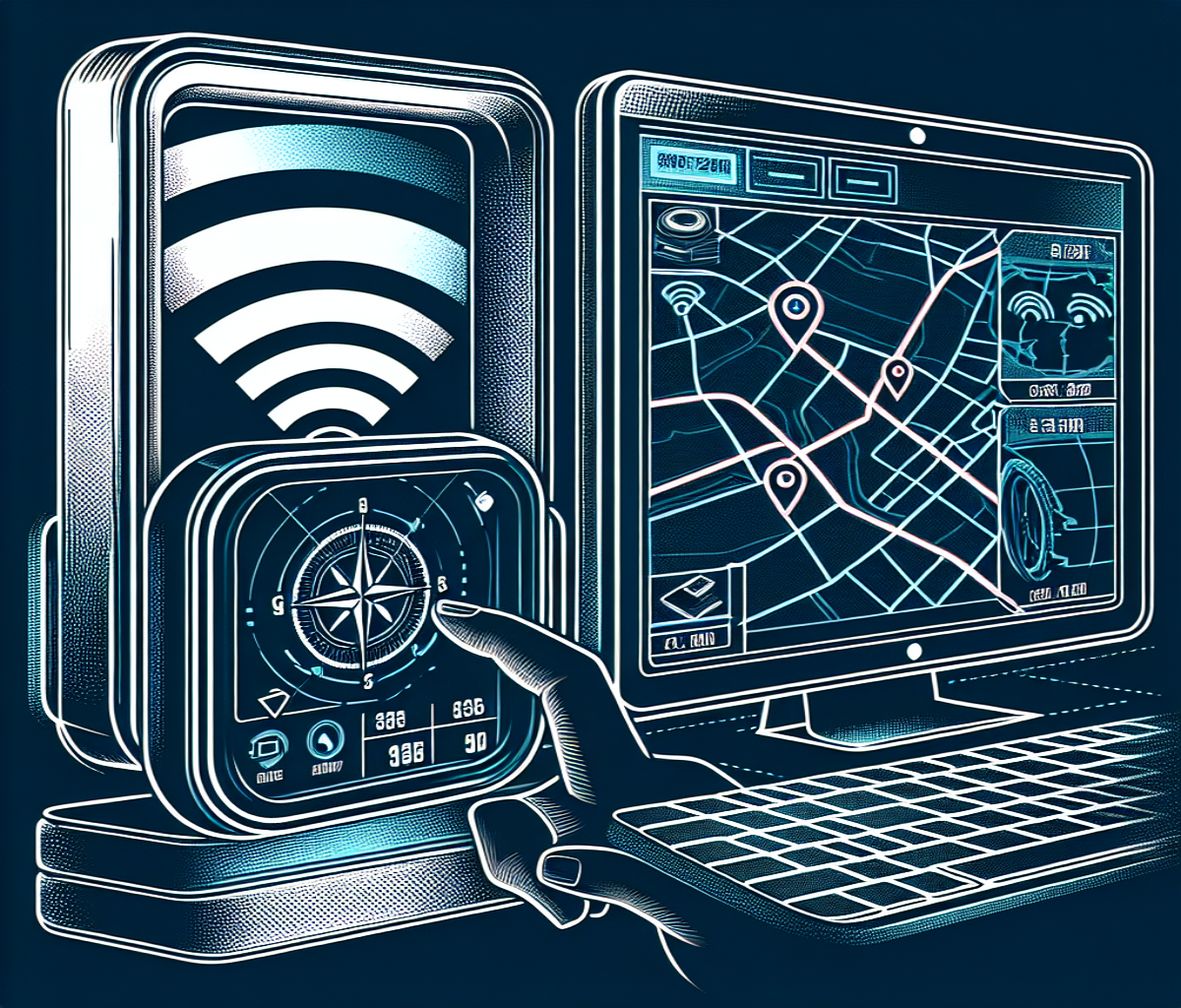
What is the differnce between GPS Tracking and Telematics?
1. GPS is laser-focused on location data, while telematics casts a wider net, covering vehicle diagnostics and driver behavior.
2. GPS helps you keep tabs on where your fleet is and ensures routes are efficient. Telematics digs deeper, giving you insights into performance, safety, and maintenance.
3. GPS is perfect for companies that just need to know where their vehicles are. Telematics is better for businesses looking to optimize fleet performance, cut costs, and improve safety.
4. Telematics systems often work hand-in-hand with other tools like dashcams, ERP (Enterprise Resource Planning) or CRM (Customer Relationship Management) software, making data sharing a breeze across departments.
Why Not Use Both?
The real magic happens when you combine tracking and telematics. Together, they give you a 360-degree view of your fleet. Here’s how this duo can transform your operations:
- Boosted Efficiency:
Real-time location tracking plus performance data means smarter decisions and streamlined operations. - Serious Cost Savings:
From fuel optimization to reduced maintenance costs, integrating these systems can save you big money. - Enhanced Safety:
Monitoring both where your vehicles are and how they’re being driven helps reduce accidents and ensures everyone gets home safe. - Happy Customers:
Accurate delivery times, better routes, and fewer breakdowns all add up to a better experience for your clients.
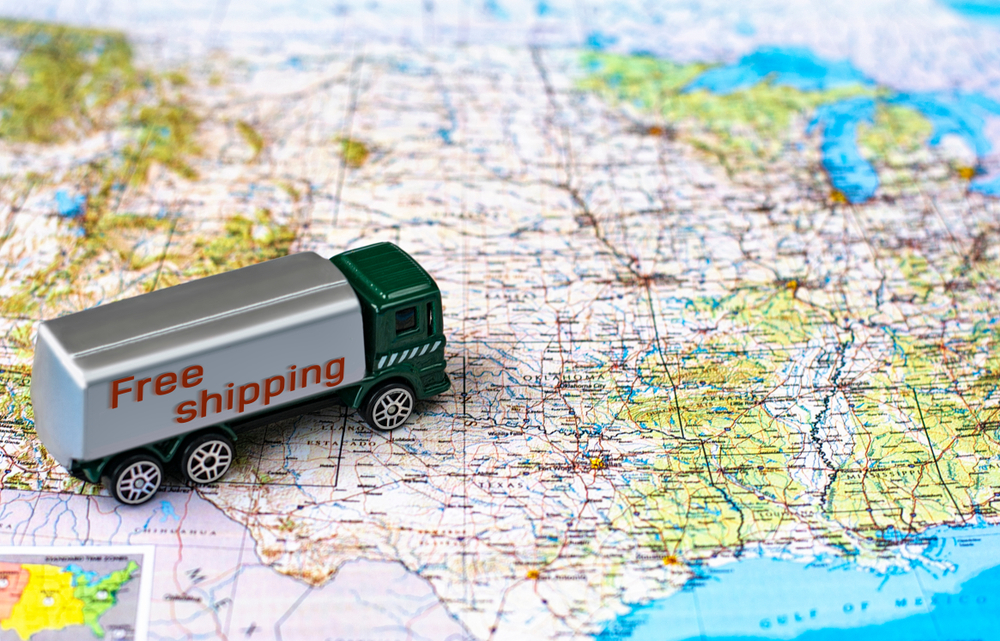
Real-World Success Stories
Plenty of businesses have used tracking and telematics to up their game. Take, for example, a delivery company that wanted to cut fuel costs and improve safety. They started tracking driver behavior with telematics and noticed some patterns—like unnecessary idling and aggressive driving. After rolling out a training program, they saw a 15% drop in fuel expenses and a 20% reduction in accidents. Not bad, right?
Another success story? A taxi service used tracking to map out the most efficient routes for pickups and drop-offs. This not only cut down on fuel use but also improved customer satisfaction by reducing wait times.
How to Get Started
If you’re new to these technologies, start by thinking about your specific needs:
If knowing where your vehicles are at all times is your main concern, GPS tracking is your go-to. If you’re ready to dive into performance data and driver behavior, telematics will give you the insights you need. And if you want the best of both worlds? Consider an integrated system that combines the two.
Fleetistic’s expert consultants will work with you to come up with the optimum balance for your business. Just schedule a no cost consultation to begin your journey to improved fleet management.
Wrapping It Up
At the end of the day, tracking and telematics are powerful tools for fleet management – but they shine brightest when used together. GPS tracking keeps you in the loop with real-time location data, while telematics digs deeper, offering insights into performance, safety, and efficiency.
By leveraging these technologies, businesses can reduce costs, improve safety, and deliver better service. Whether you’re running a small delivery fleet or managing a large enterprise, understanding and integrating GPS tracking and telematics is a smart move. Why settle for good when you can be great?
